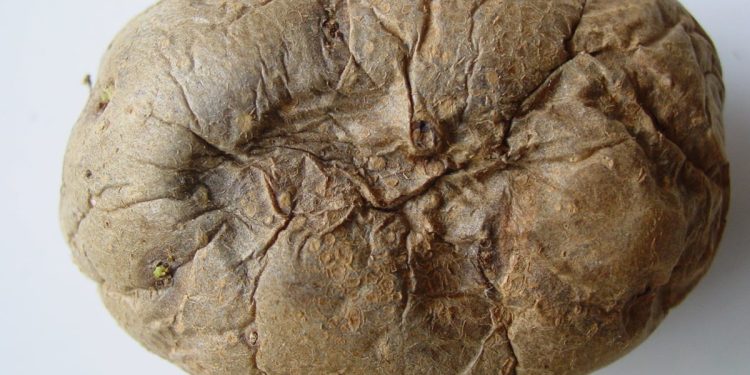Description: Potato Fusarium Dry Rot is a destructive disease that affects potato crops worldwide. Learn how to prevent and treat this disease with our comprehensive guide.
#potatodryrot #fusariumdryrot #potatodisease #cropmanagement #plantpathology
Headings:
- Understanding Potato Fusarium Dry Rot
- Causes and Symptoms of Potato Fusarium Dry Rot
- Preventing Potato Fusarium Dry Rot
- Treating Potato Fusarium Dry Rot
- Future Outlook for Potato Fusarium Dry Rot
Understanding Potato Fusarium Dry Rot Potato Fusarium Dry Rot is a fungal disease caused by the Fusarium spp. pathogen. This pathogen attacks the potato plant’s roots, causing the plant to wilt and ultimately die. Fusarium spp. can survive in the soil for several years and can infect healthy plants through infected seed tubers or soil.
Causes and Symptoms of Potato Fusarium Dry Rot Potato Fusarium Dry Rot is caused by several factors, including infected seed tubers, contaminated soil, and poor soil drainage. Symptoms of the disease include yellowing of the leaves, wilting, and a brown discoloration of the vascular tissues.
Preventing Potato Fusarium Dry Rot Preventing Potato Fusarium Dry Rot is critical to maintaining healthy potato crops. The disease can be prevented by planting disease-free seed tubers, using crop rotation, and maintaining proper soil drainage. Additionally, avoiding the use of contaminated equipment and avoiding over-fertilization can also help prevent the spread of the disease.
Treating Potato Fusarium Dry Rot Treating Potato Fusarium Dry Rot can be challenging, as the disease can survive in the soil for several years. However, infected plants can be removed and destroyed to prevent the spread of the disease. Fungicide treatments may also be effective in controlling the disease.
Future Outlook for Potato Fusarium Dry Rot Potato Fusarium Dry Rot remains a significant threat to potato crops worldwide. However, ongoing research is being conducted to develop new methods for preventing and treating the disease. In the future, these methods may include the use of resistant potato varieties, biological control methods, and innovative management strategies.









